Versatility of Industrial Robots
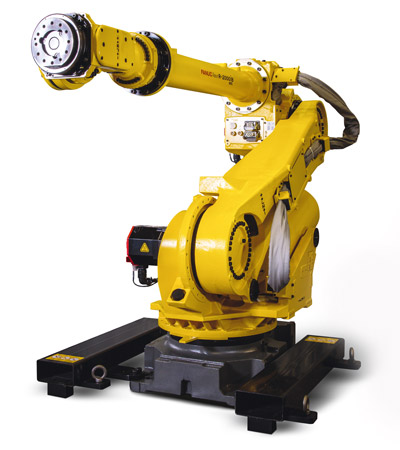
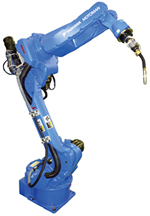
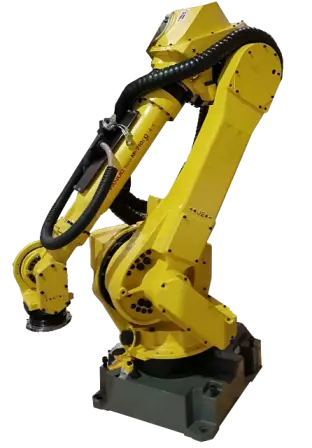
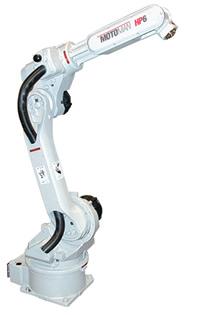
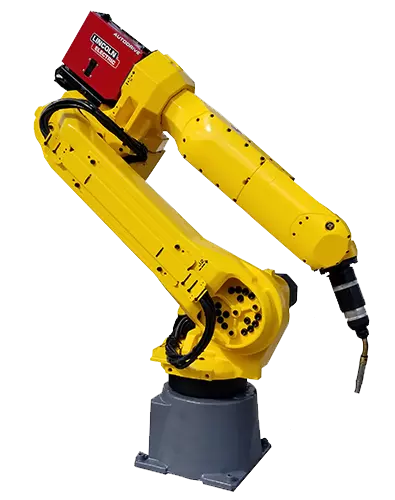
The versatility of industrial robots is one of the main benefits of robotic automation. Industrial robots are a form of flexible automation allowing for adjustments to manufacturing processes with little interruption to productions. Robots can be easily reprogrammed to adapt to changes, whereas workers would need new training that can cost time and money. The versatility of robots streamlines manufacturing for complete optimization.
Many robots are multipurpose machines, meaning they are capable of automating many different types of robotic applications. The FANUC M-10ia can be deployed for automated material handling or robotic material removal processes. Industrial robots can be implemented to complete a specific task at a time, or they can be used to perform a sequence of tasks within the same production cycle. For instance, the FANUC Lr Mate 200id could be programmed to pick parts, assemble them, and then transfer them to the next workstation. The versatility of using one robot for multiple tasks reduces costs and increases the productivity of your operations.
Robotic tool changers enhance the versatility of industrial robots. Tool changers automatically change the EOAT device, allowing a robot to perform different applications within a production cycle. Integrating the ABB 2400 with a tool changer allows it to switch from a robotic gripper to a cutting device without any delays. This allows the ABB IRB 2400 to be used for both material handling and robotic cutting applications. Tool changers improve robot versatility by making it easier for them to perform different applications in a sequence.
Not only are robots versatile by being able to perform multiple types of robotic applications, but they can also work with a variety of parts and materials. When part types or materials change, robots can be quickly reprogrammed to adjust to the changes. Integrating robots with vision systems allows robots to recognize part or material changes while in operation, eliminating the need to reprogram. Robotic vision systems provide robots the sense of sight, helping them detect and adjust when workpieces vary. Implementing a Motoman MH6 integrated with vision is ideal for manufacturers who operate with a high mix of products.
The versatility of industrial robots means they are able to adapt when manufacturing processes change. Other types of automation, such as fixed machines, can only perform a specific process and do not allow for any adjustments. This means manufacturers are at a loss should productions change. This is not the case with articulated robots as they are adaptable. When either process or product changes occur six axis robots can be reprogrammed, retasked, and redeployed. This allows manufacturers to keep up with consumer demands and high product turnover.
Another testament to the versatility of industrial robots is the variety of industries they serve. In the beginning of robots, they were mainly used in the automotive industry. Since then they have expanded into other industrial fields including the aerospace, metals, and machinery industries. Advances in robotic technology has led to the use of robots in the production of electronic and medical devices. The development of cleanroom robots like the FANUC Lr Mate 200id/7LC has allowed for robotic automation in nonconventional industries. The ABB 1200 has been used by food manufacturers to automate food processing. Robots have even been incorporated into the entertainment industry, automating theme park rides.